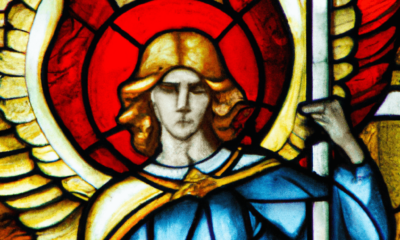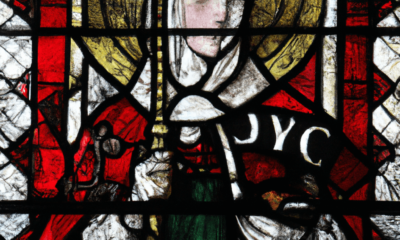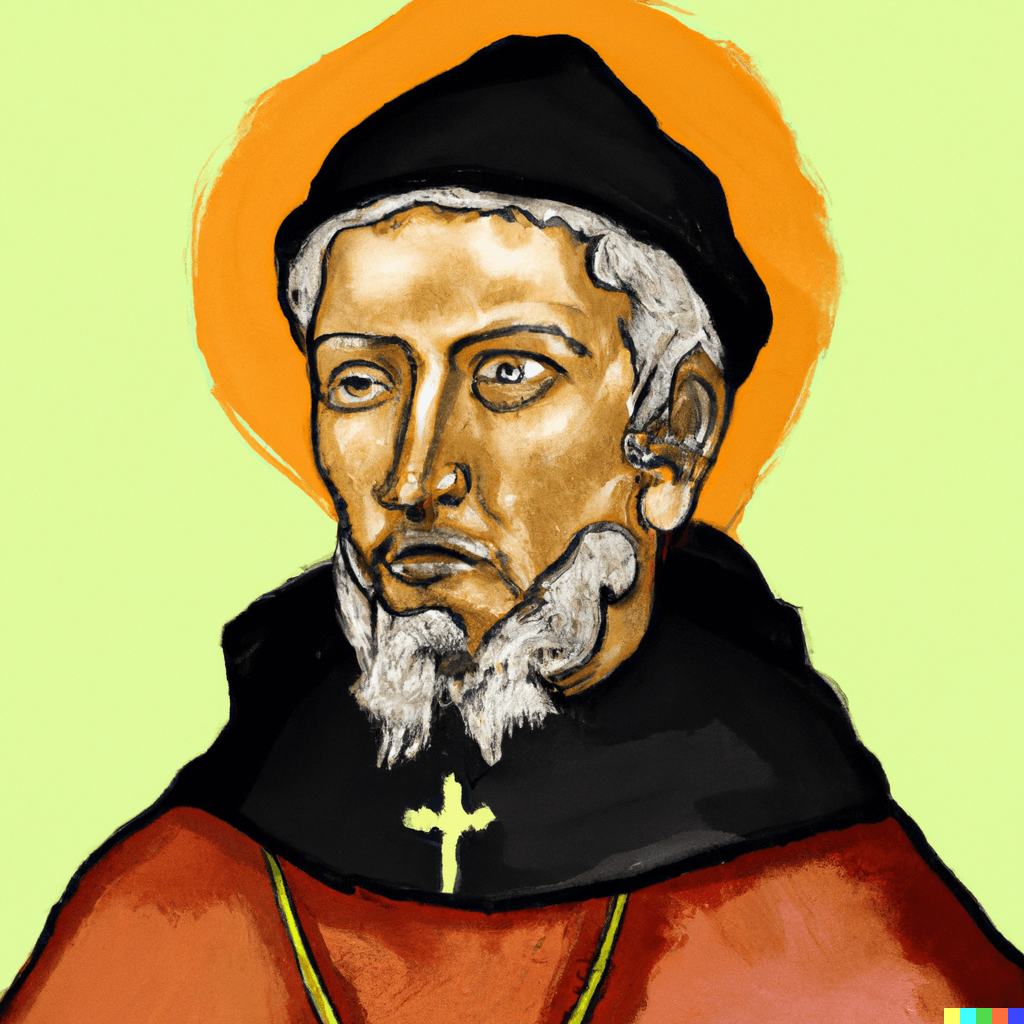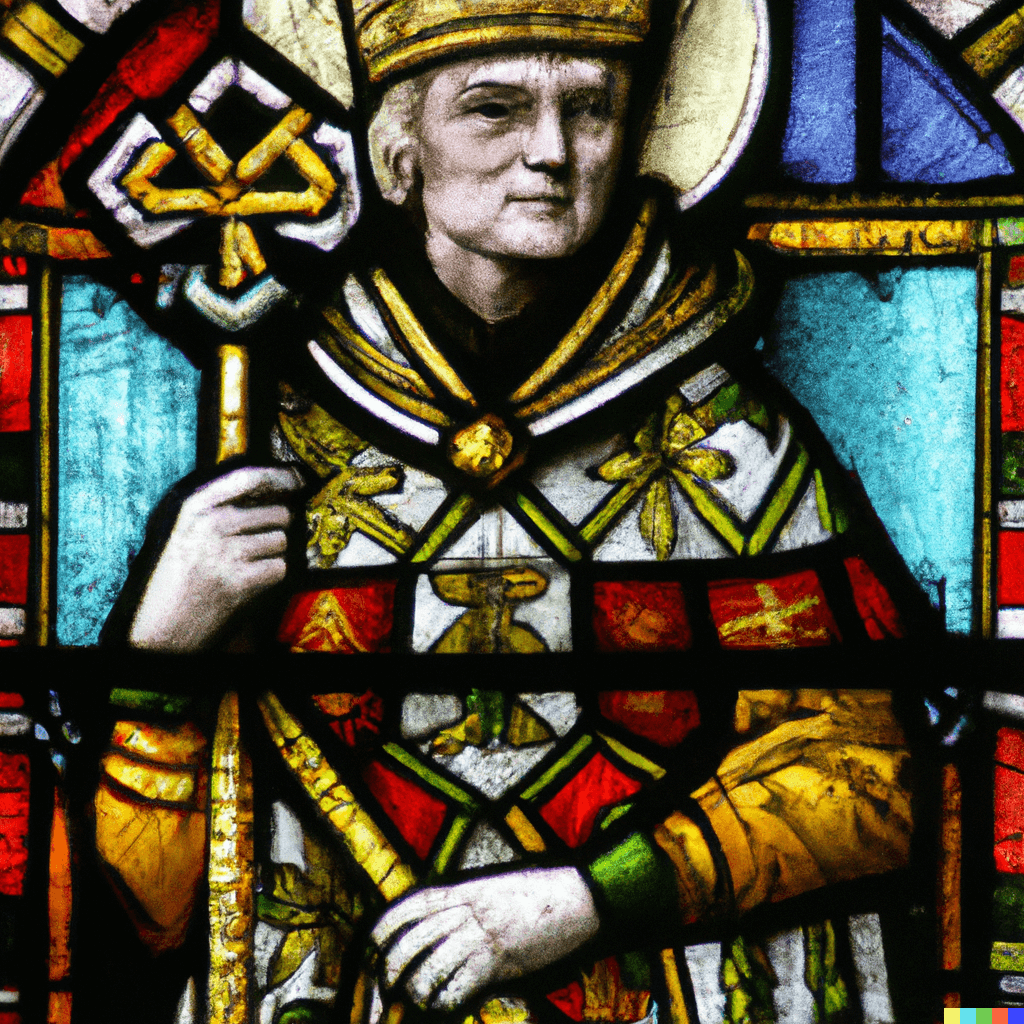The Inspirational Life of Saint Abraham Kidunaia
The chronicles of Christian saints are replete with tales of sacrifice, devotion, and unwavering faith. Among these, Saint Abraham Kidunaia stands out as a figure of immense ascetic commitment and spiritual leadership.
The Legacy of Saint Abraham Kidunaia
Today, Saint Abraham Kidunaia is venerated in both the Eastern Orthodox and Roman Catholic traditions. He is celebrated as a symbol of ascetic dedication, unwavering faith, and spiritual resilience. His choice to forgo worldly pleasures in favor of a life deeply connected with the divine serves as an inspiration for believers worldwide.
Saint Abraham Kidunaia’s life story serves as a compelling testament to the power of faith, the beauty of sacrifice, and the spiritual fulfillment that can be derived from a life dedicated to God. His journey reminds us of the boundless blessings that come with unwavering commitment to one’s beliefs and convictions.
Where Did Saint Abraham Kidunaia Live?
Saint Abraham Kidunaia resided in Edessa, an ancient city situated in what is now southeastern Turkey. Known for its early Christian activity, Edessa was a thriving hub of religious and cultural exchanges.
Life and Times
Born into a wealthy family in the early 4th century, Abraham was primed for a life of luxury and prominence. However, at a relatively young age, he felt a divine calling. Heeding this spiritual urge, Abraham abandoned his possessions and retreated to a life of seclusion, embracing asceticism.
For ten years, Abraham lived in a remote cell, dedicating his time to prayer, fasting, and meditation. Word of his sanctity and dedication soon spread, and he was unwillingly ordained as a priest and later called to serve as a bishop of his native city.
However, the call of solitude was strong. After fulfilling his episcopal duties for a short time, he entrusted the diocese to his vicar and returned to his hermitage, where he spent the rest of his days.
His life wasn’t devoid of challenges. On one occasion, his reputation for holiness was put to the test when a group sent a woman of ill-repute to tempt him. Displaying profound spiritual strength, Abraham remained resolute in his chastity, further solidifying his reputation as a true servant of God.
Age of Death and Total Years Living
Saint Abraham Kidunaia lived to be around 70 years old, departing from this world in the middle of the 4th century. Though records of his exact birth year are sparse, the duration of his life is pieced together from various historical sources and accounts of his life.

 Saints2 years ago
Saints2 years ago
 Trending2 years ago
Trending2 years ago
 Trending2 years ago
Trending2 years ago
 Saints2 years ago
Saints2 years ago
 Live Church2 years ago
Live Church2 years ago
 Prayers2 years ago
Prayers2 years ago
 Saints2 years ago
Saints2 years ago
 Saints2 years ago
Saints2 years ago









